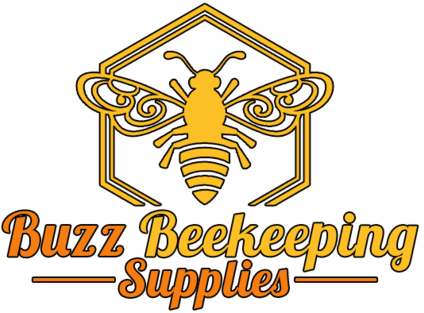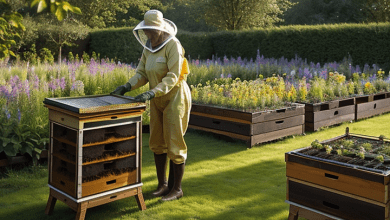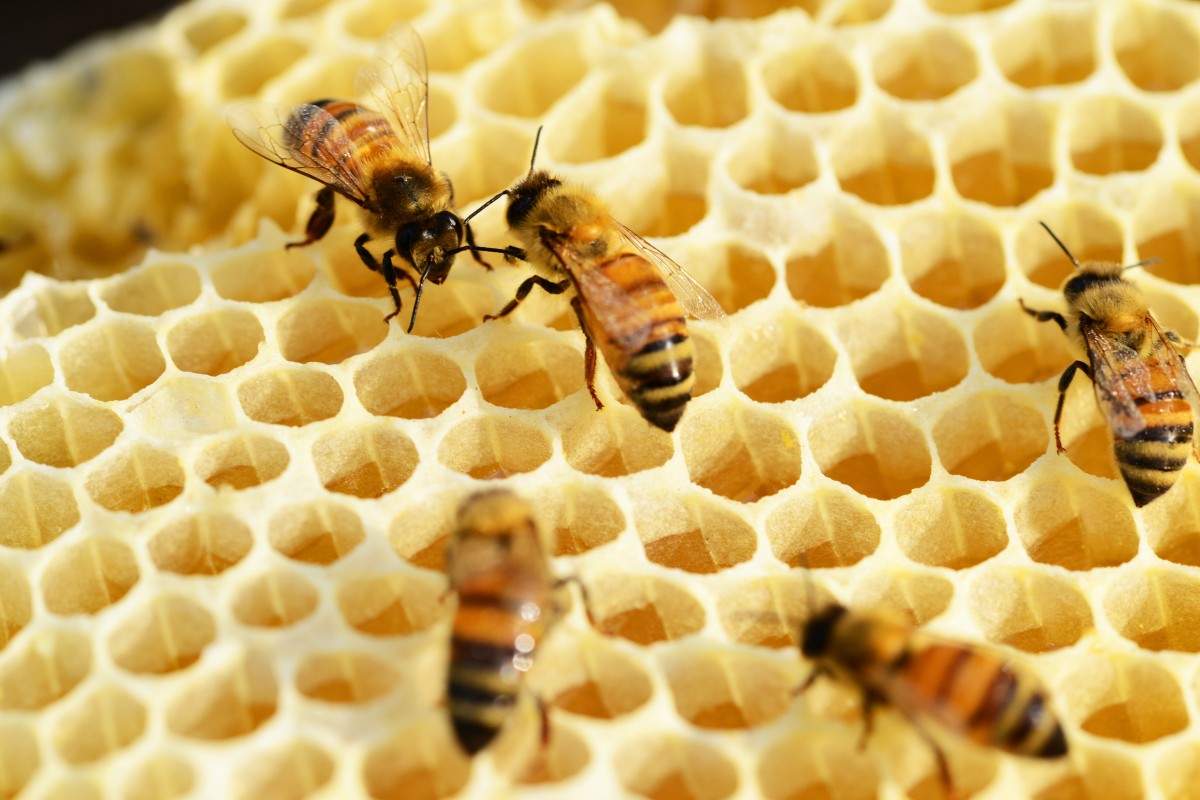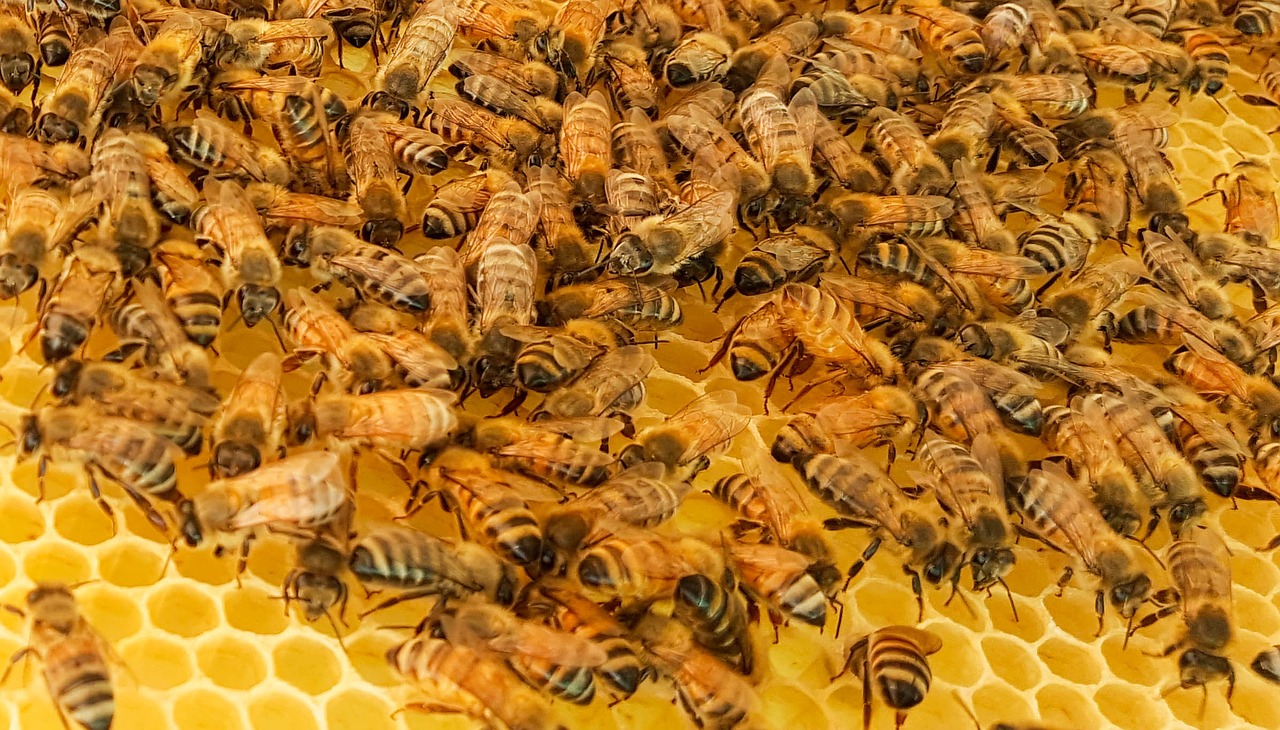Feeding Your Hive

Feeding your hive – To stimulate brood-rearing or to provide stores in the spring, in preparing colonies for winter and at other times during a shortage of stores, it may be necessary to feed the bees.
Obviously, it is desirable to allow the bees to keep sufficient honey and if this can be done it is always preferable to feeding.
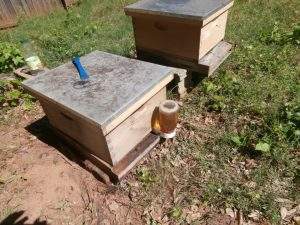 No better stimulation to heavy breeding in the spring can be found than adequate protection and an abundance of stores, but a large amount of food is needed at this season and the beekeeper should feed if he finds that he has failed to leave enough.
No better stimulation to heavy breeding in the spring can be found than adequate protection and an abundance of stores, but a large amount of food is needed at this season and the beekeeper should feed if he finds that he has failed to leave enough.
In small hives, the giving of additional stores in the spring is usually desirable, either in the form of combs of honey or as a syrup.
The feeding of sugar syrup to produce comb-honey has of course been tried and some beekeepers have believed that the product is honey. This is not the case and the fraud
may readily be detected.
Fortunately, even at the lowest prices of granulated sugar, the sections actually cost the beekeeper more than he gets for pure comb-honey and this fact effectually keeps adulterated comb-honey off the market.
What to Feed the Bees
Honey from an unknown source should never be fed, because of the danger of introducing disease. Beekeepers usually feel that it is cheaper to feed sugar syrup because of the higher market value of honey, but no food for bees better than honey has yet been found.
If extracted-honey is fed, it should be somewhat diluted. The best plan is to give combs of honey.
As a substitute for honey, syrup made of organic sugar is best. For spring feeding, a thin syrup may be used, even as dilute as two parts of water to one of sugar (by volume).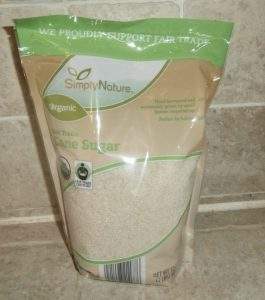
Ordinarily equal parts of each are used. For supplying winter stores, a thick syrup, 2| to 2| parts of sugar to one of water, is preferable.
To prevent granulation of the sugar in the thick syrup, it is inverted (changed chemically to levulose and dextrose) by the addition of a teaspoonful of tartaric acid to 20 pounds of sugar while the syrup is being heated to dissolve the sugar crystals.
In early spring and late fall, syrup may be fed while warm and fall feeding should be done as rapidly as the bees will take the syrup. In making syrup, the greatest care must be
taken not to allow it to be discolored by scorching the sugar; it should be as clear as if made with cold water.
Glucose, other cheap syrups or molasses and the cheaper grades of sugar should not be fed to bees, especially for winter stores, since they contain substances indigestible to
bees, causing dysentery.
Candy and cube sugar are sometimes used for supplying bees in winter after their stores are exhausted. These should be used only in emergency and nothing but granulated sugar should be used in making candy for this purpose.
Excerpted and edited from:
Beekeeping; a discussion of the life of the honeybee … 1915. Phillips, Everett Franklin, 1878-1951.
1. Ventilated Suit – https://amzn.to/2D1hJBu
(NEW) Ventilated Jacket – https://amzn.to/2Av6piJ
2. Beekeeper YKK Suit Combo – https://amzn.to/2Xk3xLz
3. Beekeeper Journal – https://bit.ly/3xXxFl2
4. YKK Suit – https://amzn.to/2IDJALO
5. Beekeeper Jacket – https://amzn.to/2FirwTW
6. Beekeeping Gloves:
– Goatskin Beekeeping Gloves – https://amzn.to/2GYxBZW
– Cow Leather Beekeeping Gloves – https://amzn.to/2uiSExd
7. Queen Marking Kit – https://amzn.to/2Wm1kCw
– Queen Marking Pens – https://amzn.to/3c4vE8y
–Queen Marking Cage – https://amzn.to/2TDwwdQ
